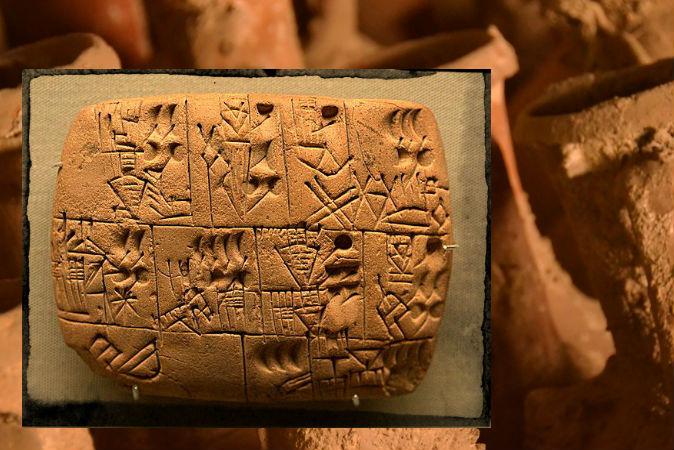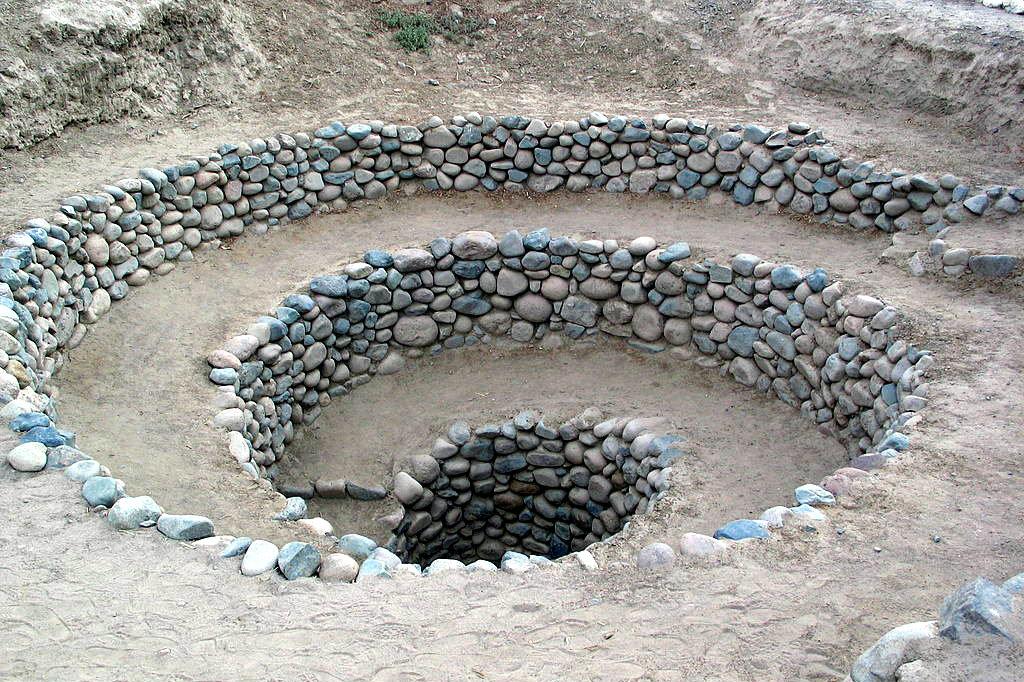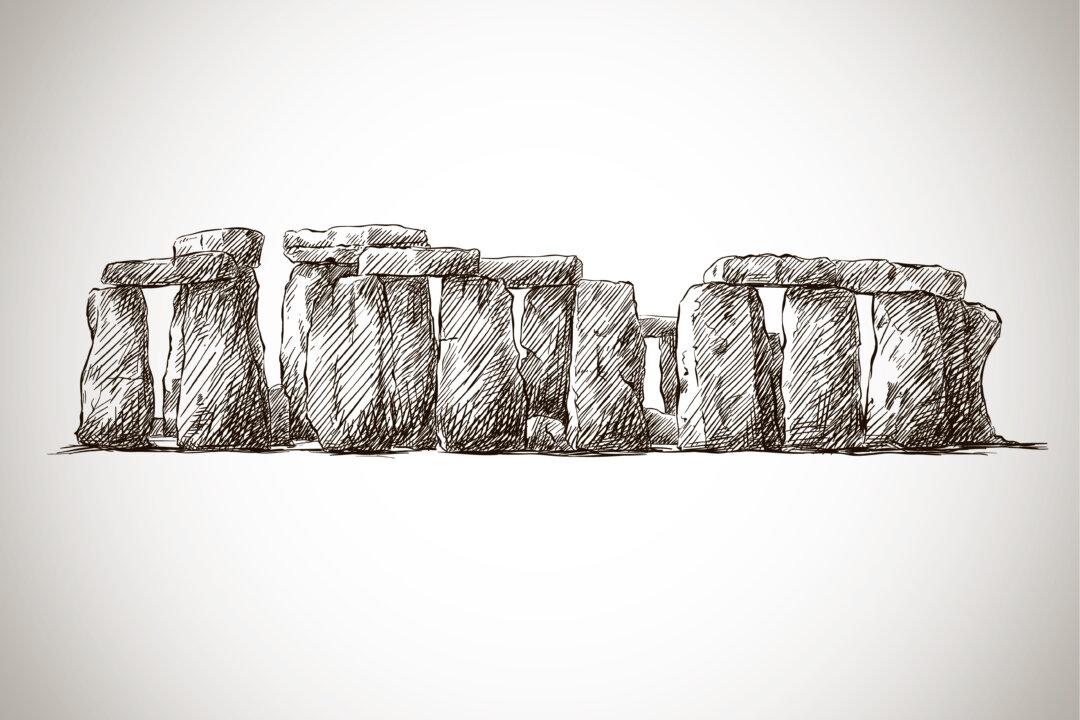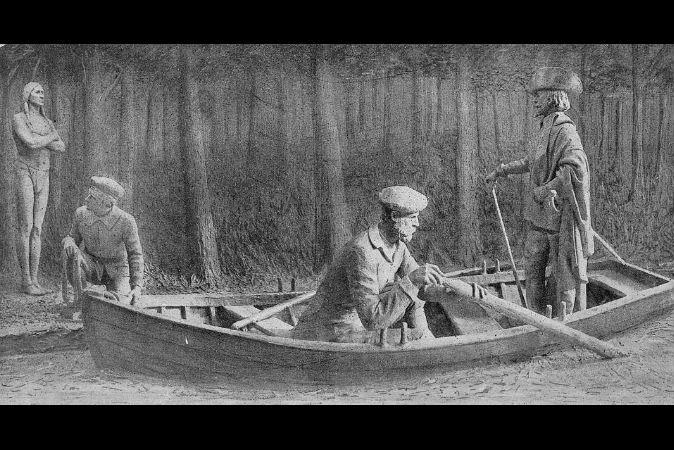An archaeologist working with a brewery is recreating ancient beers from around the world, from places such as Turkey, Egypt, Italy, Denmark, Honduras, and China. Alcohol archaeologist Patrick McGovern thinks he may even be able to recreate a drink from Egypt that is 16,000 years old.
McGovern, of the University of Pennsylvania Museum of Archaeology and Anthropology, has been working with Dogfish Head Brewery in Milton, Del. The professor is using modern technology to detect traces of ingredients. In addition, Dogfish Head Brewery has produced beer using African, South American, and Finnish recipes from centuries ago.
Now McGovern is extracting alcoholic beverage ingredients from residue on ancient pottery at archaeological sites worldwide and studying references in documents. He has been resurrecting beers and beverages that had been forgotten.




